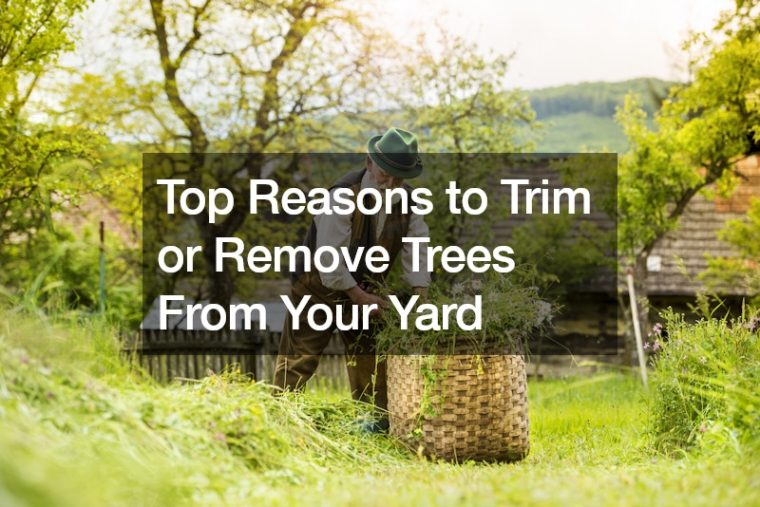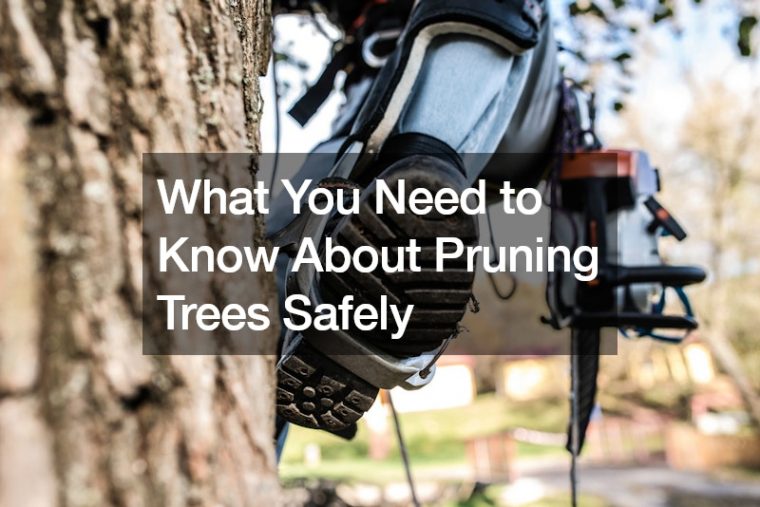Month: April 2024
If you love everything about a boho-themed home, the good news is that you can create a boho outdoor living space. The fact that this theme is trending a lot right now makes it easy to find ideas that you can fine-tune and put to use in your home. The…
Having trees in your yard can enhance the beauty of your property, provide shade during hot summer days, and contribute to a healthier environment. However, there are times when it becomes necessary to trim or remove trees for various reasons. Whether it’s for safety, aesthetics, or the health of the…
While spring is in full swing, nature’s canvas comes to life with a burst of colors and fragrances. Spring is a magical time of year when the woodland floors and meadows are adorned with a plethora of wildflowers, each one a testament to the beauty and resilience of the natural…
Pruning gives your trees a fancy haircut. You trim the dead or overgrown branches to help them grow better and look nicer. Plus, it keeps them healthy and safe. Nobody wants a branch randomly crashing down on their picnic. Before you go all Edward Scissorhands on your trees, you must…
Maintaining the health and aesthetics of trees in your yard is crucial for enhancing the overall appeal of your property and ensuring the safety of your surroundings. Tree trimming, when done correctly and at the appropriate times, plays a vital role in promoting tree health, encouraging proper growth, and preventing…




